On May 18, 2004, guidelines were first issued to define this. Each user of each site must be a real person. Since at the time, due to the level of technological development, this was practically impossible, the first step in the checks was the usual requirement to enter the ID-card number and the name of the user
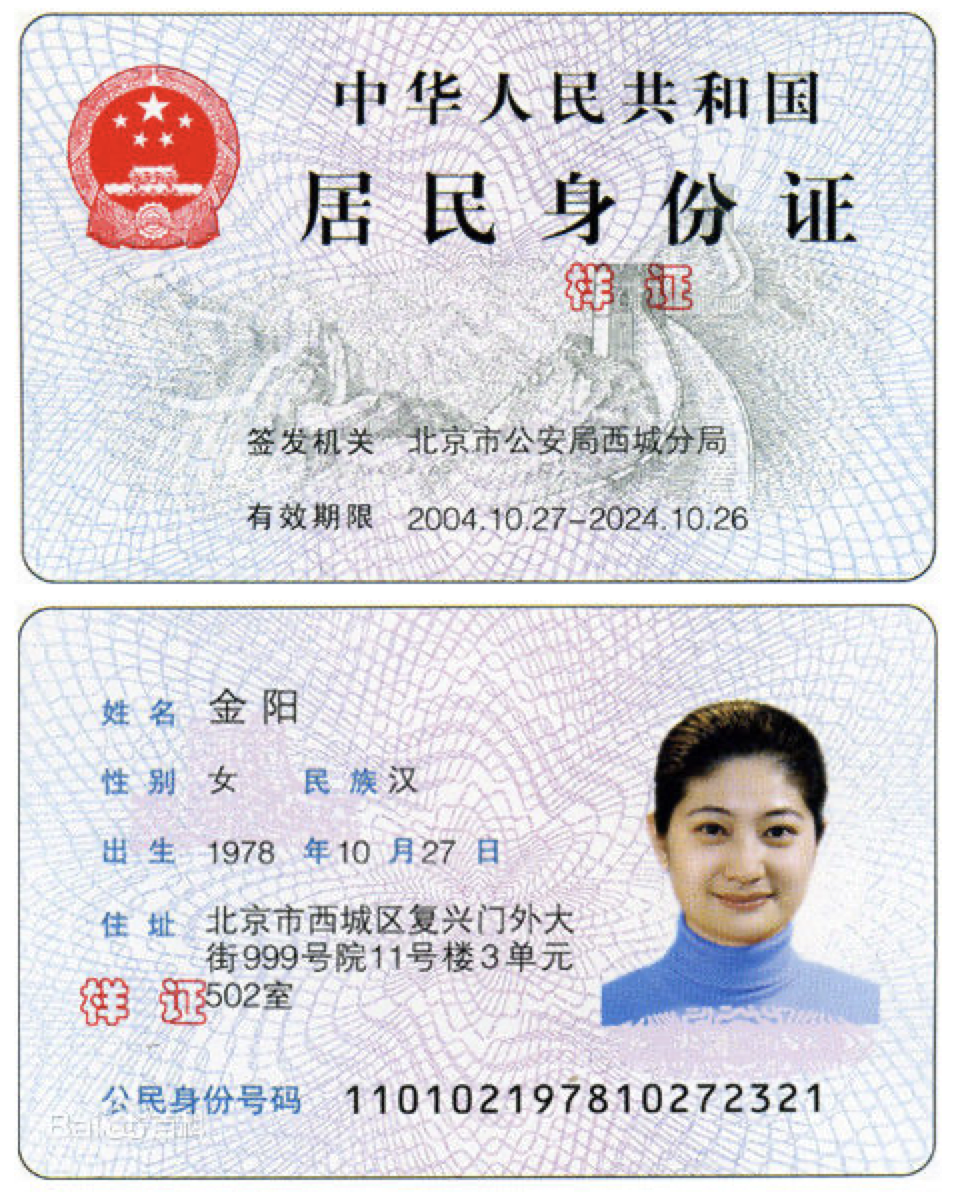
This, of course, was not enough, since the Chinese ( second-generation ID-card (a detailed story about their history by reference) has an 18-digit number, of which the first 6 digits are the regional code, the next 8 are the date of birth, the next 3 are gender and the serial number and the last one is verification. Recently, due to the lack of numbers, some numbers have become 19-digit with a letter at the end, but this does not fundamentally change the essence - many number-generating sites appeared on the Internet and this did not give any protection.
In 2008, after the creation of the Ministry of Industry and Informatization, everything went much faster and until recently, from 2014 to 2018, the following types of checks existed (and now exist) in China. They were created jointly with the Ministry of Public Security, the People’s Bank of China and so on, which, although they provide the base, do not work directly with the final developers - exclusively through intermediaries.
Any large IT company like Alibaba, Tencent, NetEase, Sohu and dozens of smaller ones have their own marketplace for selling user verification APIs. The first and most basic is reconciliation of the ID-card number and name.
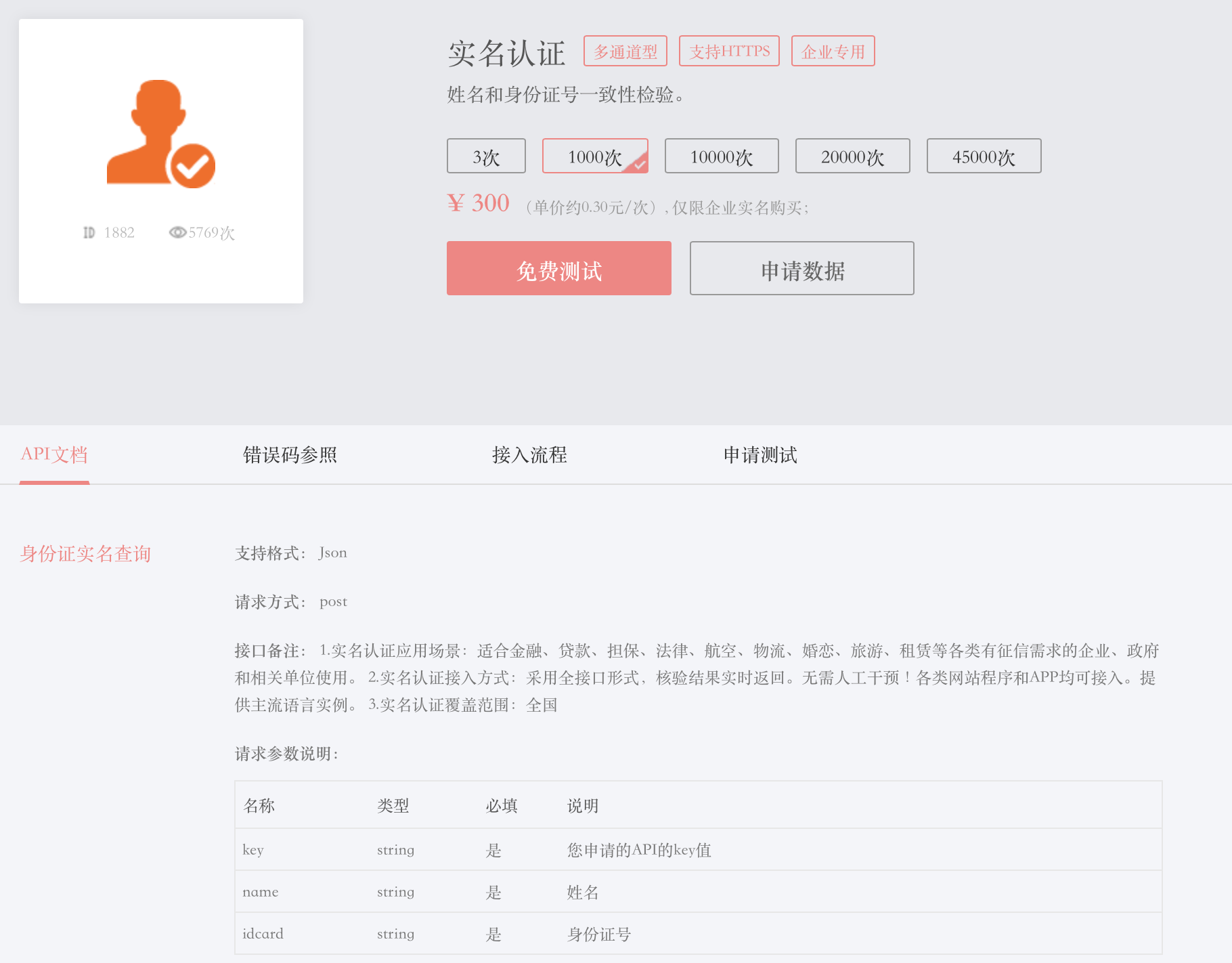
Accordingly, by purchasing a package of services, we, as a developer, can transfer the data entered by the user to the server, which will answer us “0” or “1”. If the ID-card number matches the specified name or not.
{ "code": "10000", "message": "成功", "data": { "result": "1" }, "seqNo": "4XU29Z4D1704061618" }
— , — . . , . , .
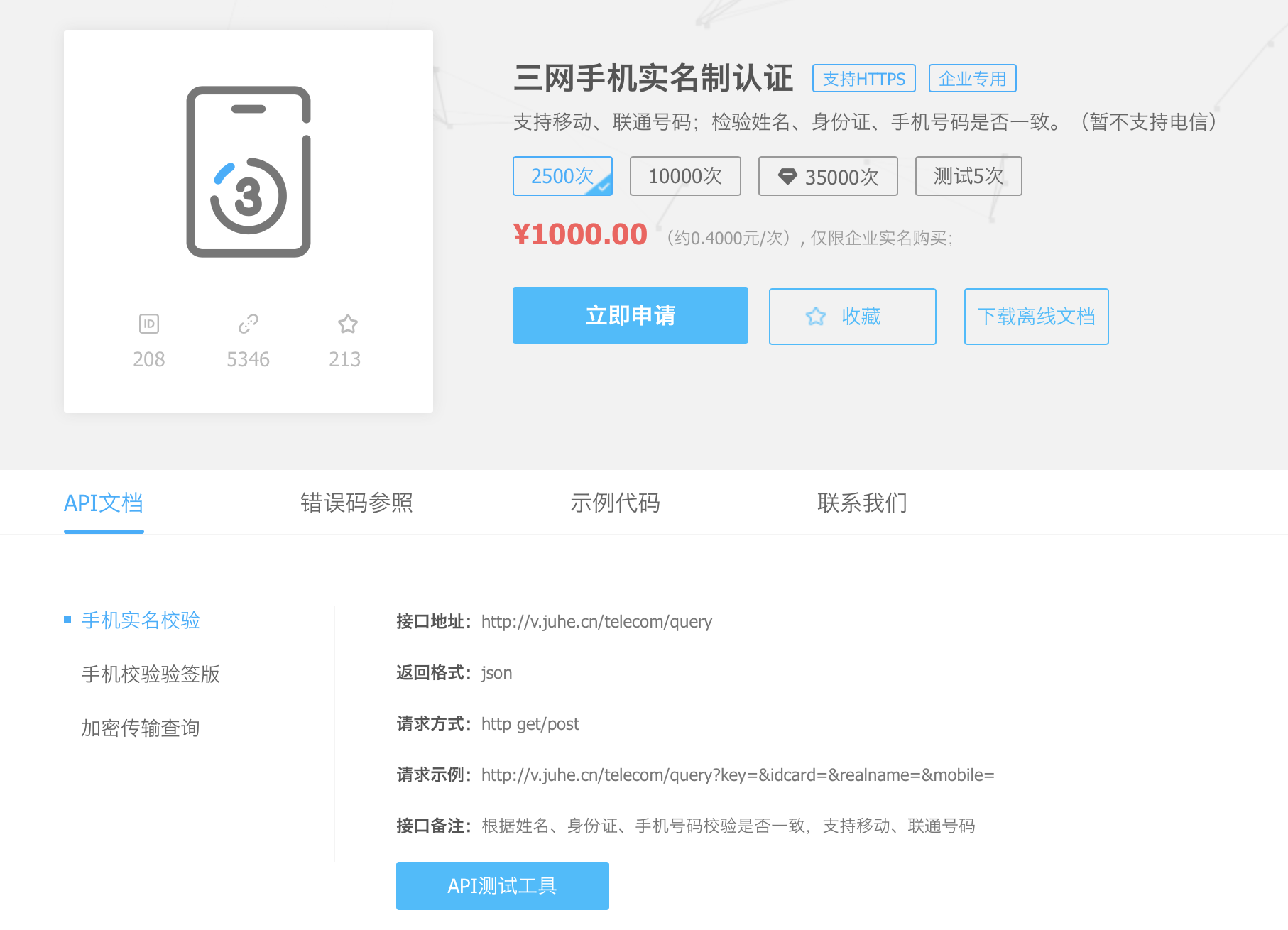
— «0» «1» , :
{ "reason": " ", "result": { "realname": "***", "mobile": "***********", "idcard": "******************", "res": 2,/* :1 - 2- */ "resmsg": " ,"/*,res 1 3 ,res 2 */ "type": "China Mobile"/* ,*/ "orderid":"J201712251904163782Ay",/* */ "province":"Guangdong province",/* */ "city" : "Huizhou city",/** */ "rescode":"24",/* ,11:,21: ,22: ID , 23: ID- ,33: ID-,24: */ }, "error_code": 0 }
. , , . , — , , , , — .
UnionPay Visa\Mastercard, , , .
刷脸验证 — .

. . — ID- , . , — , «1» «0», 1 100 — . 85 , .

— 5 .
— . , . .
. ( China Southern) ( ) — .

( , ). , , — .

, — , « »(伊凡妈妈) , , , -.

— Alipay — , Alipay :
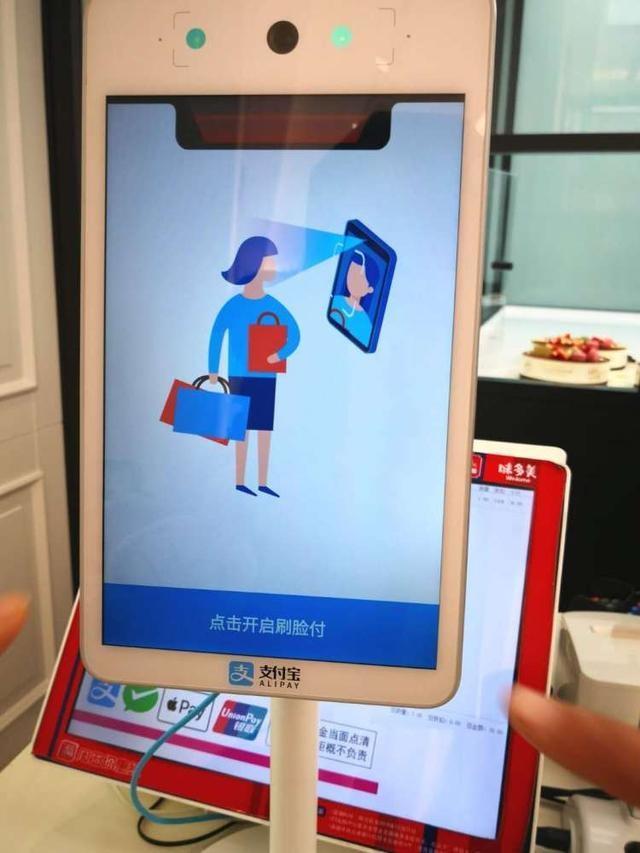
, . 2018 , .
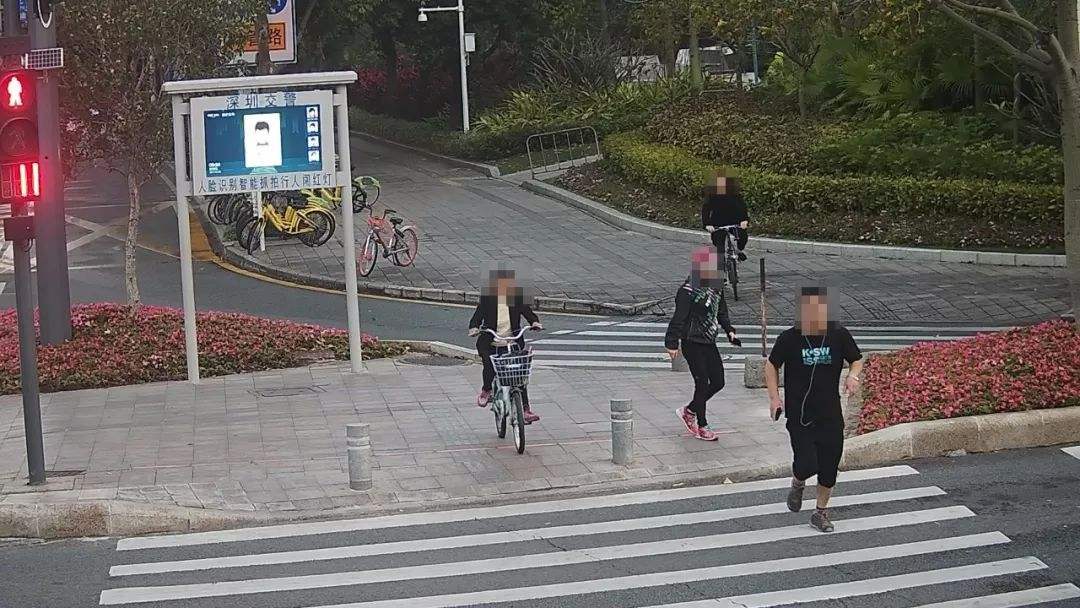
.
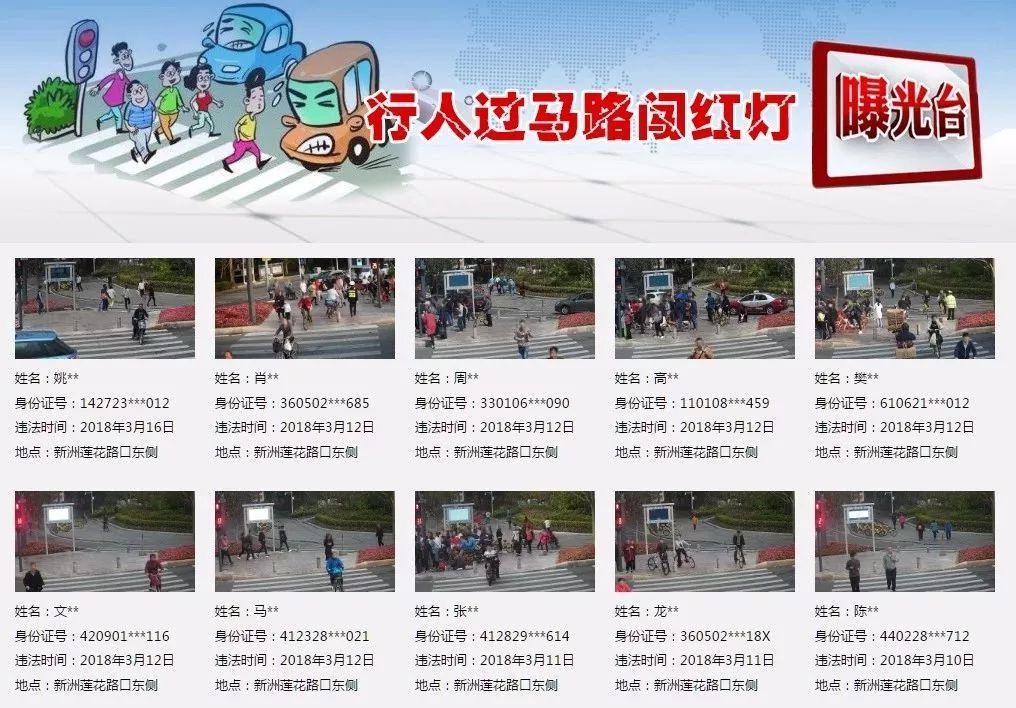
? , , . , , , 90
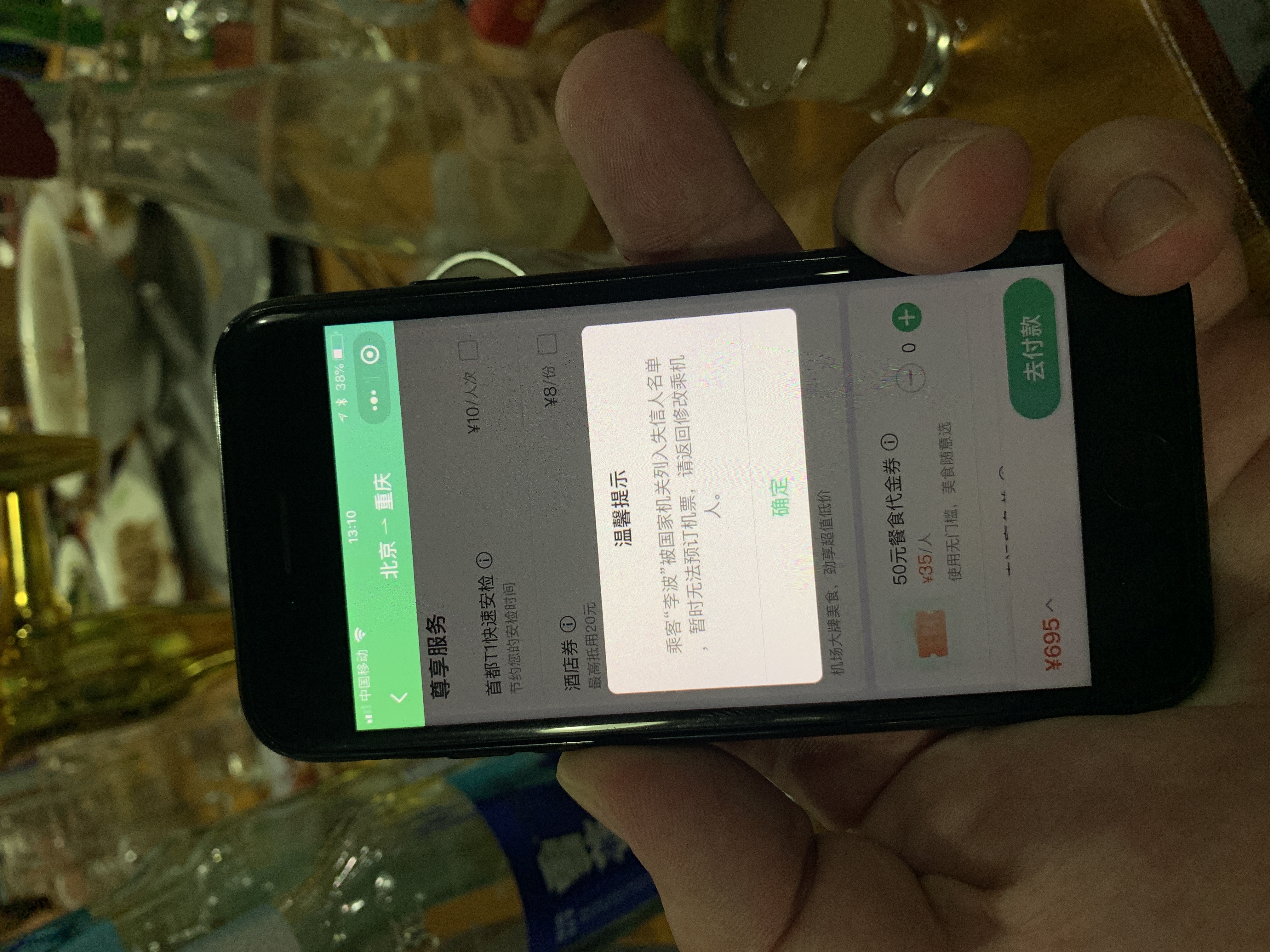
( ) , :
, 个人信用体系 — . , . — ICBC. ? . -? , .
— ( ) 失信 ( ). — . — « — ». ( ) , 10 .
— 被执行( ). , . , . , , .
, , . , , « 200 : , , ». , .
. , , , .
, , — .
.
, , , , . — API , , , .

, -)
, - . , , \ .

, , — 老赖地图 Wechat.
, , - . , .